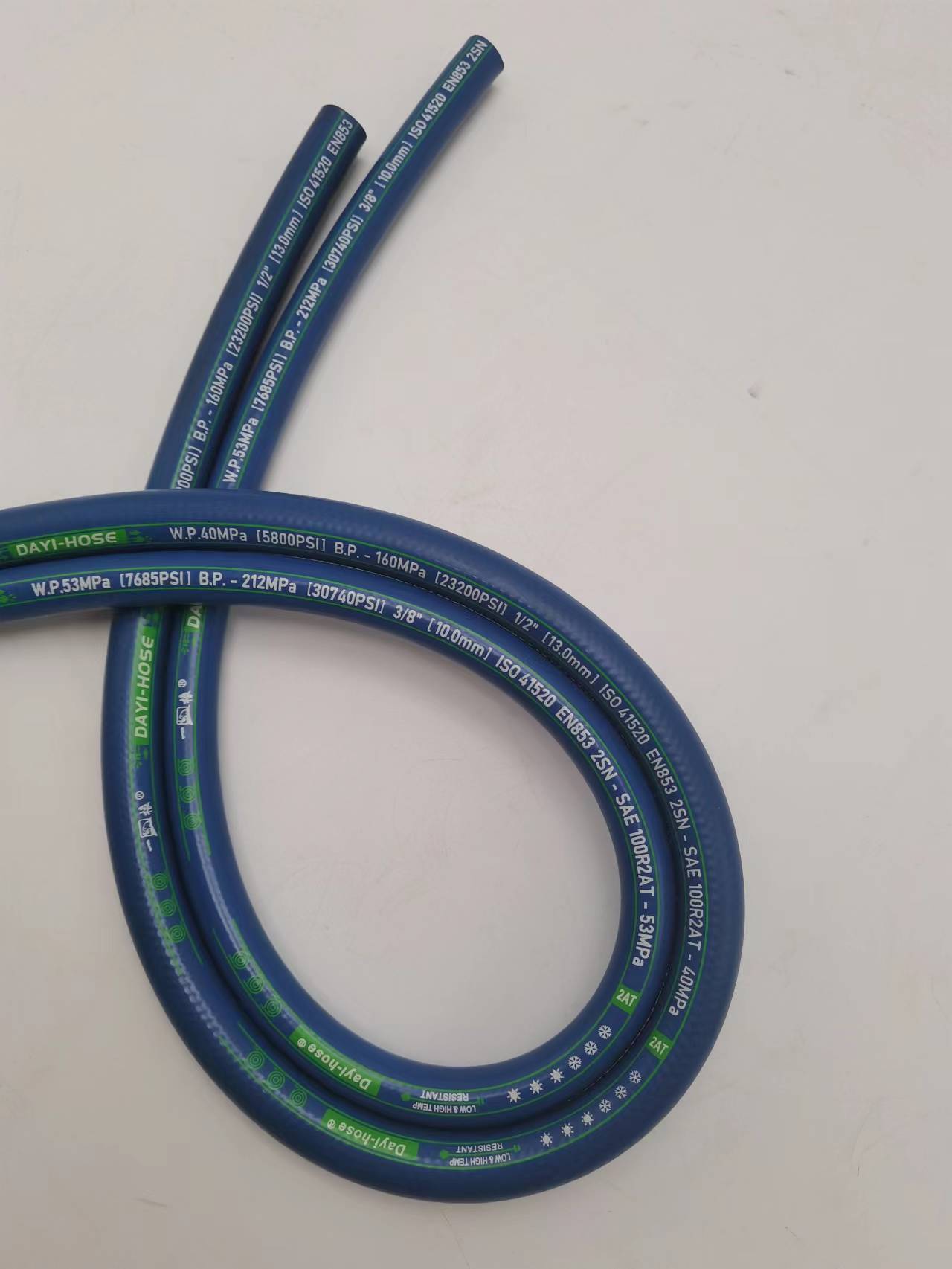335345435
Déc . 11, 2024 11:27 Back to list
oem hydraulic hose fitting
Understanding OEM Hydraulic Hose Fittings A Comprehensive Overview
In the world of industrial machinery and automotive applications, hydraulic systems play a critical role in ensuring efficient performance. Among the key components of these systems are hydraulic hose fittings — essential elements that connect hoses to various parts of hydraulic equipment. This article explores OEM hydraulic hose fittings, their significance, and key considerations for selection and maintenance.
What are OEM Hydraulic Hose Fittings?
OEM stands for Original Equipment Manufacturer, meaning that the fittings are designed and produced by the manufacturer of the original hydraulic system. OEM hydraulic hose fittings are specifically engineered to meet the exact specifications set by the manufacturer, ensuring optimal compatibility and performance. These fittings are crucial for maintaining the integrity of hydraulic systems, as they provide leak-proof connections that can withstand high pressure and temperature variations.
Importance of OEM Components
Using OEM hydraulic hose fittings comes with several advantages
1. Quality Assurance OEM products are manufactured to stringent quality standards. They are tested rigorously to guarantee performance, which reduces the likelihood of failure during operation.
2. Perfect Fit Since OEM fittings are designed to match specific hydraulic systems, they ensure a precise fit. This reduces the risk of leaks, which can lead to fluid loss and diminished efficiency.
3. Warranty Compliance Many manufacturers stipulate that using OEM parts is crucial for maintaining warranty coverage. This means that utilizing non-OEM products may void warranties, potentially leading to significant repair costs.
4. Long-term Reliability OEM fittings are generally made from high-grade materials that enhance durability. This results in longer service life and reduced maintenance requirements.
Types of Hydraulic Hose Fittings
OEM hydraulic hose fittings come in various designs and sizes to accommodate different applications
. Some common types include- JIC (Joint Industry Council) Fittings Known for their 37-degree flare, JIC fittings are widely used in hydraulic systems. They provide a strong, leak-proof connection and are compatible with various hose types.
oem hydraulic hose fitting

- NPT (National Pipe Thread) Fittings These fittings utilize tapered threads, which create a seal as the fitting is tightened. NPT fittings are often used in systems where fluid transmission is required without the risk of leakage.
- BSP (British Standard Pipe) Fittings Similar to NPT, these fittings have straight threads. They are commonly used in Europe and are favored for their adaptability to various connections.
- Push-to-Connect Fittings Also known as quick-connect fittings, these are designed for easy installation and removal without the need for tools. They are particularly useful in applications requiring frequent disconnection and reconnection.
Selection Criteria
When selecting OEM hydraulic hose fittings, consider the following factors
1. Compatibility Ensure that the fitting is compatible with the hydraulic hose and system it will be used with to prevent leaks and performance issues.
2. Material The material of the fitting is crucial for durability. Common materials include steel, brass, and stainless steel. The choice depends on the application's pressure and temperature requirements.
3. Size and Thread Type Accurate measurements of the hose diameter and thread type are essential for a secure fit. Refer to the manufacturer's specifications to avoid mismatches.
4. Pressure Rating Different fittings have varying pressure ratings. Always select fittings that can handle the maximum pressure of your hydraulic system to avoid failures.
Maintenance and Care
To ensure the longevity of OEM hydraulic hose fittings, regular maintenance is vital. Inspect fittings for signs of wear, corrosion, or leakage. If any issues are detected, replace the fittings immediately to prevent catastrophic system failures. Additionally, proper installation is crucial — always follow manufacturer guidelines to ensure a secure and safe connection.
Conclusion
OEM hydraulic hose fittings are indispensable for the reliability and efficiency of hydraulic systems. By understanding their importance, types, and selection criteria, you can make informed decisions that enhance the performance of your equipment. Remember, investing in quality parts is not just about immediate performance; it’s about ensuring long-term reliability and safety in demanding industrial environments.
-
SAE 100 R17 Black Smooth Cover Hydraulic Hose
NewsMar.07,2025
-
SAE 100 R17 Black Smooth Cover Hydraulic Hose
NewsMar.07,2025
-
SAE 100 R17 Black Smooth Cover Hydraulic Hose
NewsMar.07,2025
-
SAE 100 R17 Black Smooth Cover Hydraulic Hose
NewsMar.07,2025
-
SAE 100 R17 Black Smooth Cover Hydraulic Hose
NewsMar.07,2025
-
steel wire braided hydraulic hose
NewsMar.07,2025



